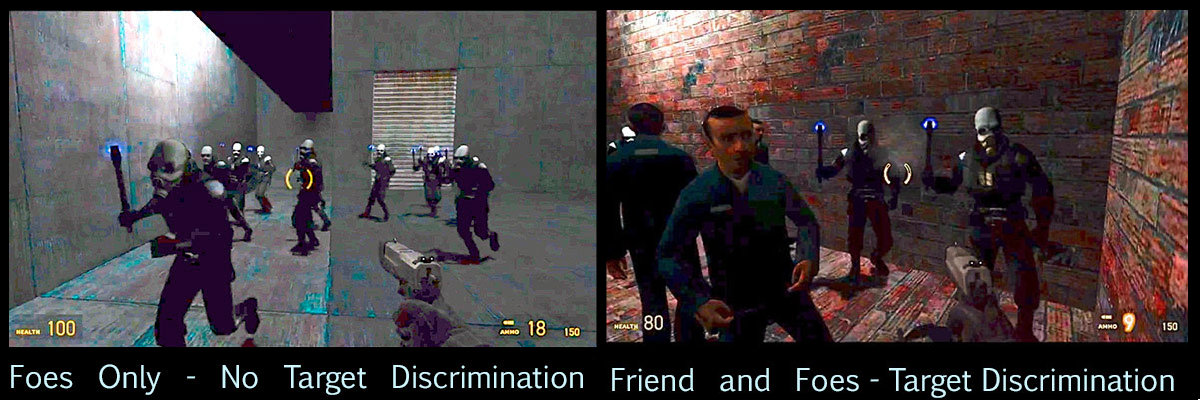
Video Games and Attention
Video games have been a popular source of entertainment over the past three decades and fuel a multi-billion dollar industry.
In the past ten years, scientists and researchers have been curious about the neuroscience behind video game playing and its lasting effects on the brain.
Studies show that playing certain types of video games can improve various aspects of everyday living. A study by Green and Bavelier shows that playing action video games (first-person shooters) can improve how fast people process events.
Dr. Christopher Brown designed this experiment at Wichita State University. Dr. Brown was the lead experimenter, along with the supervision of Dr. Evan Palmer, and the assistance of Robert May and myself.
Our research team's study was to find if we could improve visual processing speeds by creating specially designed game modes for people who have never played video games before. The objective was to train people about 45 minutes for four days and measure how well they did on a variety of visual tests, such as being able to notice differences object alignment. We performed two experiments with two different video game maps and objectives.
UX Hypothesis
We believe that training people who have never played video games before will improve their cognitive and attentive abilities.
We will know this is true by training a group of participants and comparing their before-and-after performances of several cognitive tests.
Creating the Experiments

courtesy Dr. Chris Brown
The two experiments used a modified video game that was created to train certain visual and mental aspects. The goal was to have the game design be similar to the cognitive tests that our team was measuring, such as peripheral vision, object discrimination, and short-term visual memory.
Our sample pool of potential participants were screened through a questionnaire that gathered information about how often multimedia is used and what types are used, such as watching television and listening to music, or using a phone while working on the computer.
We selected participants who said that they have not played any video games in the last six months. Our selection was discrete, and participants were not told they were selected because they did not play video games. We wanted to avoid any potential bias that may affect performance.
Our team tested each participant with a series of tasks before and after the video game training phase, testing the performance of certain visual and attentional tasks. For example, in the Flanker Task which shows several arrows pointed a single direction and the center arrow facing another, participants were instructed to enter the direction of the center arrow as quick as possible. In training, latent object discrimination tasks were programmed to help train their accuracy on “target” vs. “non-targets”.
So what did we find out?
In our rapid training sessions, we were able to slightly enhance the visual working memory and object discrimination, while noticeably improving participants' ability to detect objects in the outer rings of peripheral vision. All of these benefits in only three hours of training!
Reflecting on the experiments, we decided that if the resources were available for longer training periods, that would be the next step that we would take for these experiments. We would like to see if there is change in improvement of 3 hours of training against 10 hours.
If you would like to read our brief article over the first experiment that was published in the Human Factors and Ergonomic Society, click here.
Want to try some of the cognitive tests similar to the ones from the experiment?
UX Skills Used:
Participant Recruitment: Screened specific populations and scheduled participants.
Conducting Experiment: Set up, ran, monitored and debriefed participants to let them know their participation did matter and explained the scope of the research they helped with.
Strategic Empathy: Reassured participants who were trying something unfamiliar and discouraging that they were actually doing well, and answered any questions they may have to encourage people try their best.
Quantitative Data Analysis: Performed T-tests and Chi-Squared tests to find significant results.
Synthesis: Turned the data and research results into a meaningful message.
Presentation: Created and performed several presentations, including a short version of one experiment published in an academic journal.